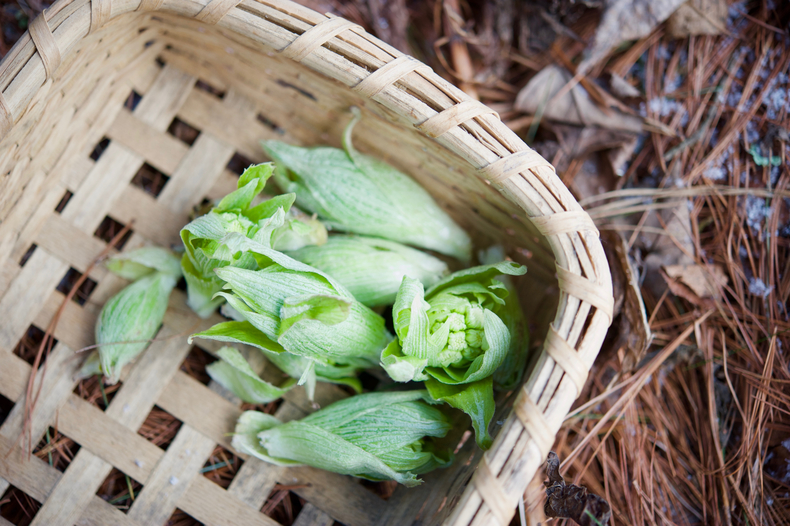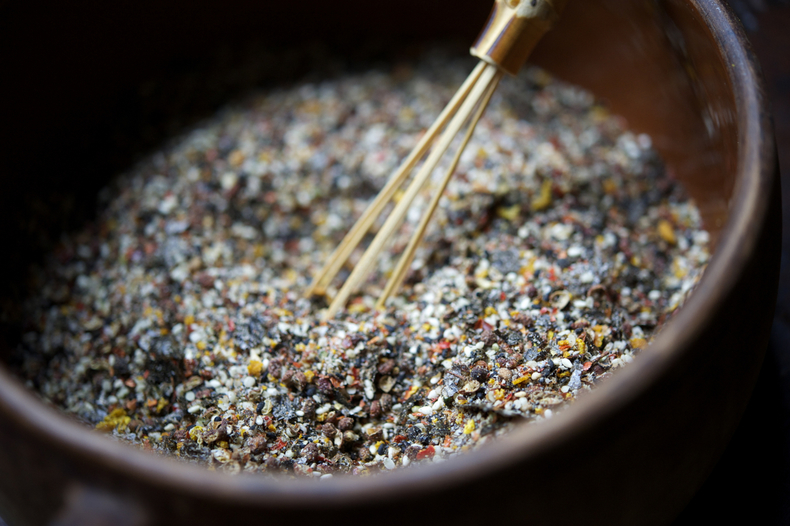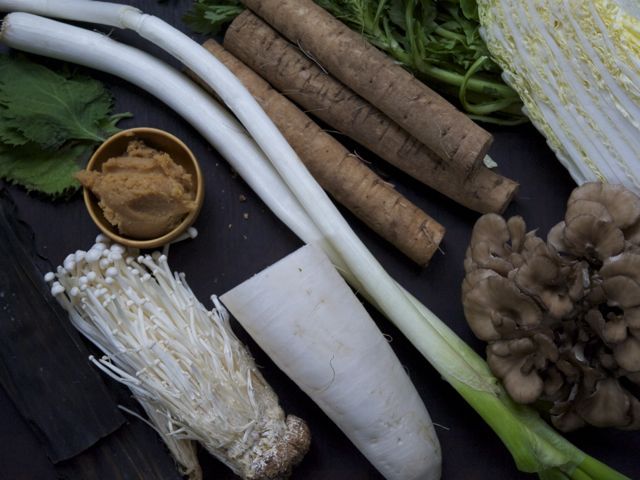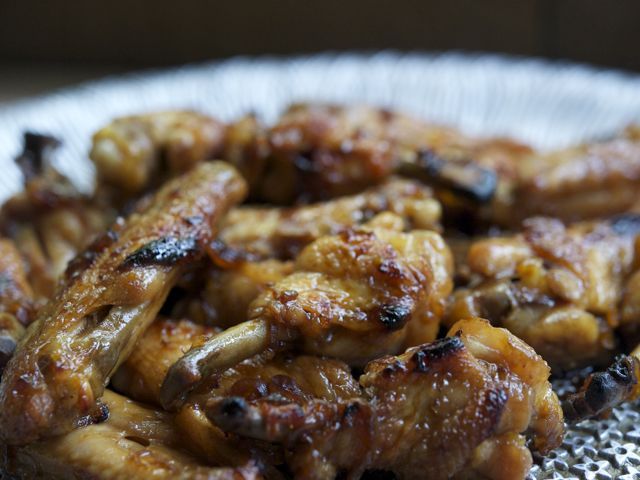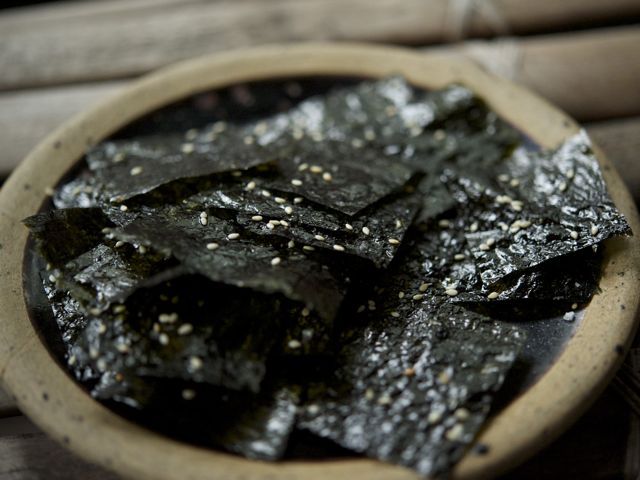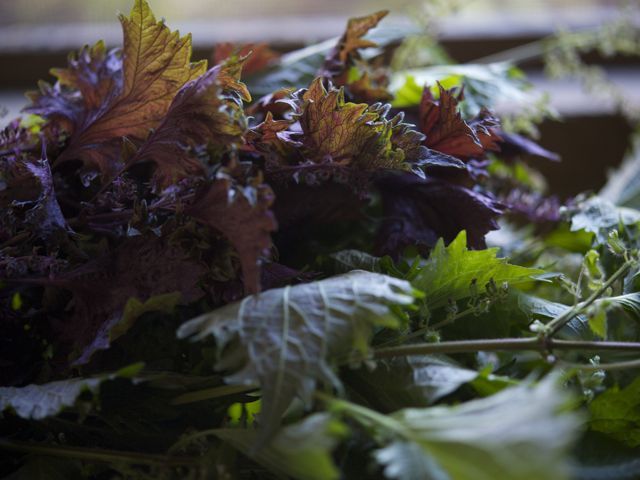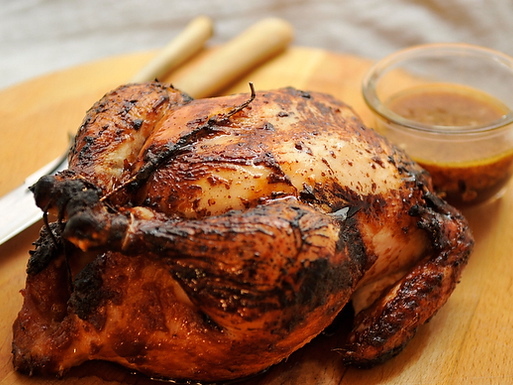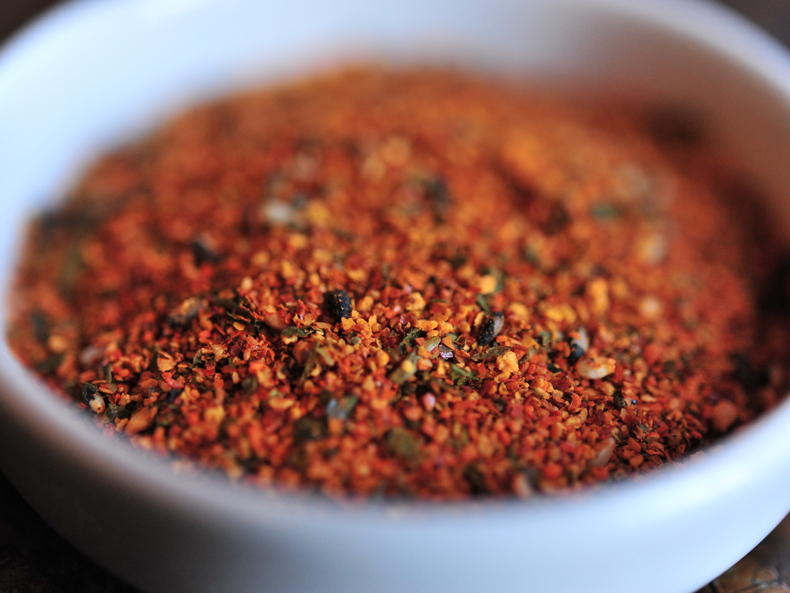As I write this, I can hear the steady thud of logs being stacked in our screened-in porch. We're expecting a major snowstorm in these parts and that requires preparation. With a fire in the hearth and soup on the stove, coziness is assured. G does firewood; I do soup. Between us, we get it done. A few warmer days last week and, despite an ensuing freeze, the butterburs emerged from beneath their blanket of pine needles. These common plants, known as petasites, belong to a genus of the sunflower family that also includes coltsfoots. Perennials with thick, creeping underground rhizomes, they spread over the years and their large, rhubarb-like leaves are fodder for slugs in the summer. But their beautiful, cold-hardy buds are a late-winter/early-spring delicacy in Japan, where Petasites japonicus, also known as fuki, grows like a weed. I was lucky enough to receive some of these plants a few years ago from my Japanese friend Tomo and they have adapted well to my garden (lots of shade and pine).
Read More...






